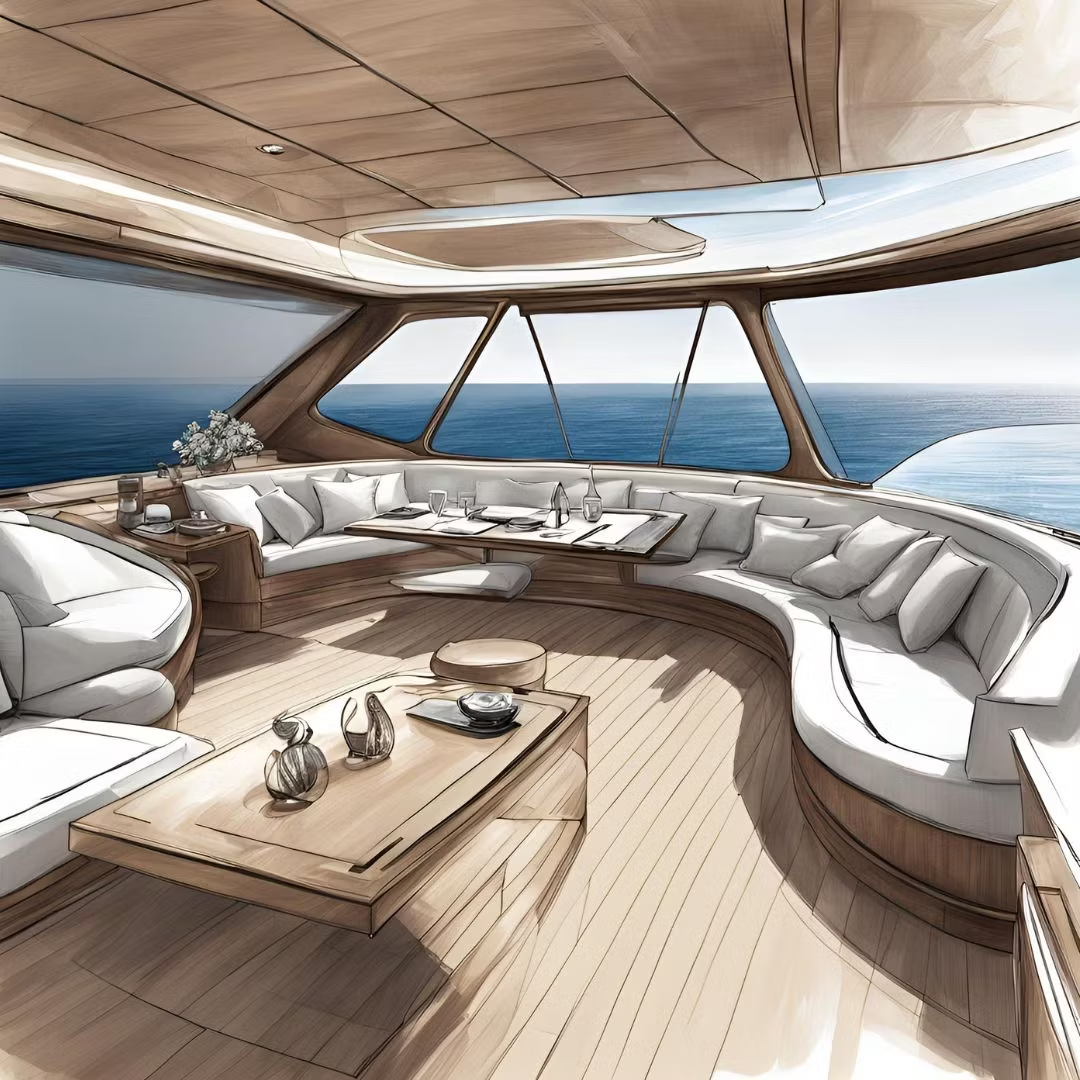
Past To Present: The Developments Of Yacht Design
The world of yacht design has undergone significant transformations over the centuries, reflecting changes and improvements in materials, technology, engineering, construction methods, and demographics. The 20th century, hailed as the Golden Age of Yachting saw a surge in the building and design of yachts and gave rise to superyachts in the 21st century.
Today, we see a vast array of different vessels encompassing various design concepts from the traditional to the modern day. The yacht market caters to all shapes and sizes now, with some traditional and classic yachts still remaining popular, from sailing yachts with advanced rigs, small day cruisers, and ultra-modern multi-hulled vessels to huge explorer yachts capable of circumnavigating the globe. Yacht designers are pushing boundaries like never before, utilizing innovative materials, technologies, and clients' changing preferences.
Hull Design
While certain scientific elements must be adhered to regarding yacht hull design, the shapes have still evolved. Yachts have increased in length and volume to accommodate more amenities and cabins. The innovation has improved when it comes to the hull by developing shapes and designs that increase stability, hydrodynamics, and faster speeds.
In recent years, there has also been an increased demand for explorer vessels, requiring ice-classed hulls for off-the-beaten-path adventures in locations such as LEGEND in Antarctica. Another element of changing the design of the hull that has increased is the use of hydrofoils, while an old technology recent years have seen an increase in the market of these boats. There has also been significant development within the multi-hull market, with the growing popularity of catamarans for both improved space and stability.

Revolutionary Materials
One of the most notable changes in yacht design came with the introduction of fiberglass in the 1950s. This material revolutionized yacht building, allowing for more complex shapes and easier maintenance. As technology advanced, new materials like carbon fiber were introduced, enabling the design to create lighter, more robust, and even more efficient hulls. While the use of advanced materials has improved performance, it has also opened up new possibilities in naval architecture, such as the use of glass.
The 142'9" (43.5m) THIS IS IT has 600 square meters of glass windows, showcasing how further design boundaries are being pushed. Extensive glass creates a seamless indoor-outdoor transition and spaces, utilizing the panoramic ocean views.
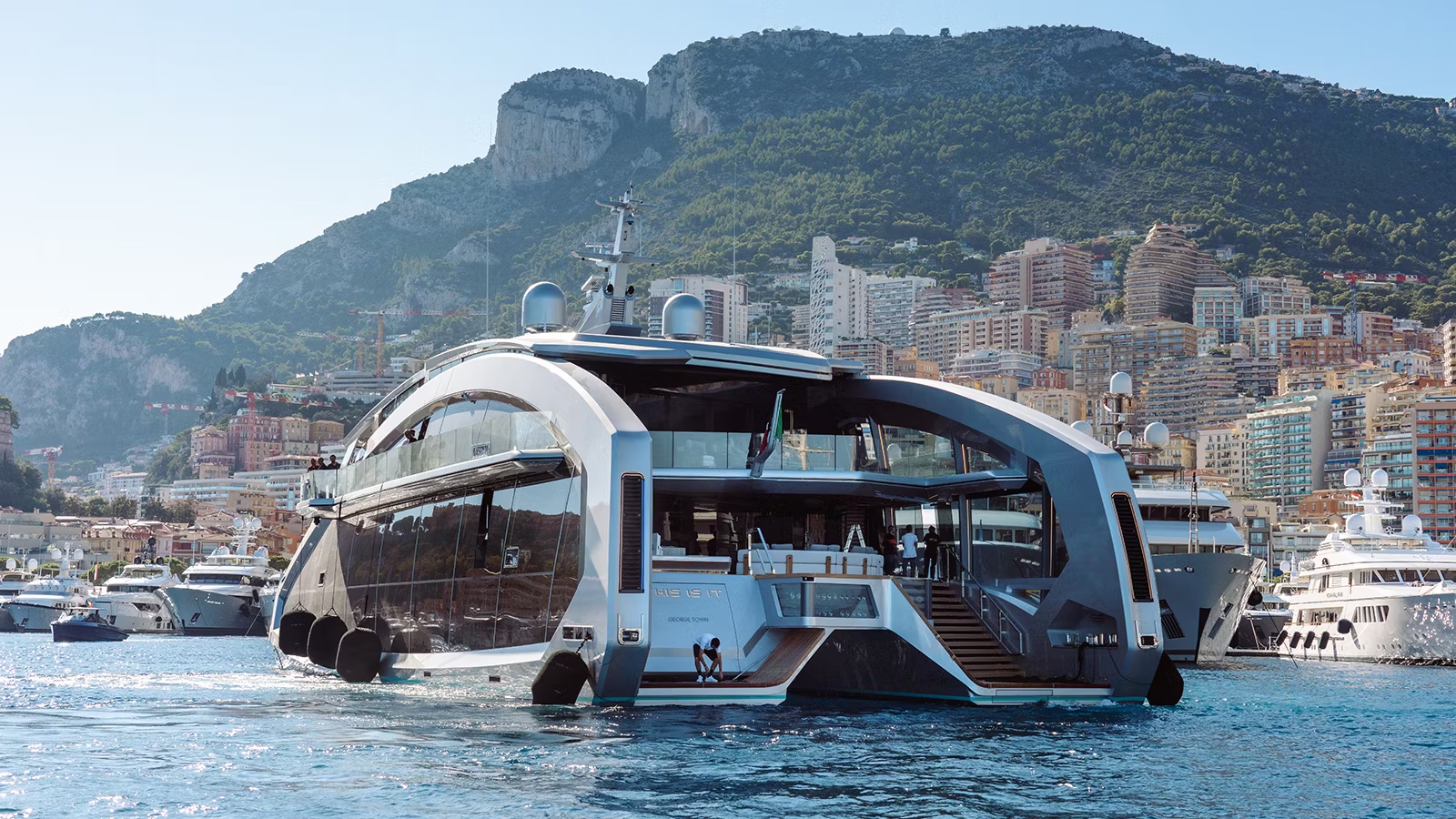

Advanced Technology
Superyachts today are integrated with the latest navigation and safety systems. Both advanced GPS and automation have transformed onboard operations. When it comes to sailing yachts, like MALTESE FALCON (288'9"/88m), technology has been integrated that has changed the way yachts like these are sailed, such as computer-controlled DynaRig systems, making it possible for just a single person to be able to operate large sailing yachts.
Artificial intelligence (AI) also now filters through yachting designs, from using tools to create new concepts to using it onboard within smart yacht systems.
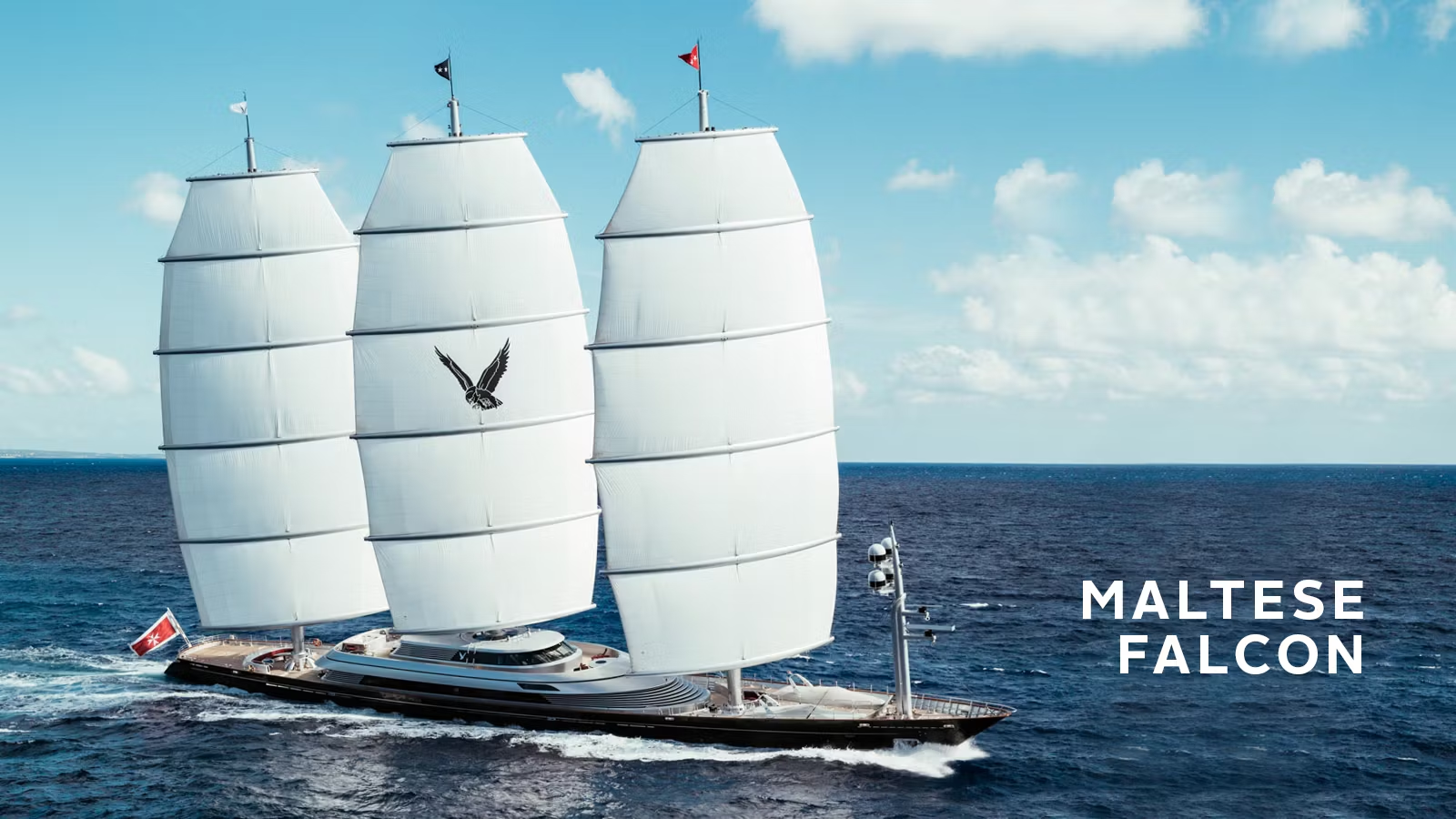
On The Inside
Gone are the days of a typical yacht interior. Today's yacht designers work to curate bespoke spaces that reflect clients' tastes and inspirations, from minimalist modern designs and sumptuous classic interiors to breaking the mold and creating something completely bespoke. The customized 154'2" (47m) KING BENJI created interiors inspired by striking designs of hotels and restaurants in Miami.
It isn't only the aesthetics that have changed but also the functionality; a yacht's layout can be modified to reflect how the boat will be best used; today, there is a significant emphasis on versatile spaces that incorporate indoor-outdoor living. Creating an ambient atmosphere is vital for today's clients, with appropriate lighting and acoustics throughout the yacht.
Greener Designs
As environmental concerns remain high on the agenda, yacht design is rapidly evolving to meet sustainability challenges. Both hybrid and alternative propulsion systems have quickly gained traction, with some yachts featuring electric motors, solar panels, and hydrogen fuel cells. While working to minimize yachts' carbon emissions, designers are also focussing on using more sustainable materials in construction and outfitting, reducing the environmental impact of the yacht's building process and overall footprint.
More ethically sourced innovations within the building include reclaimed or ethically sourced teak, cork-based decking, non-toxic paints, and plant and basalt fibers. At the same time, recycled, bio-based materials and natural fabrics are favored for interiors.
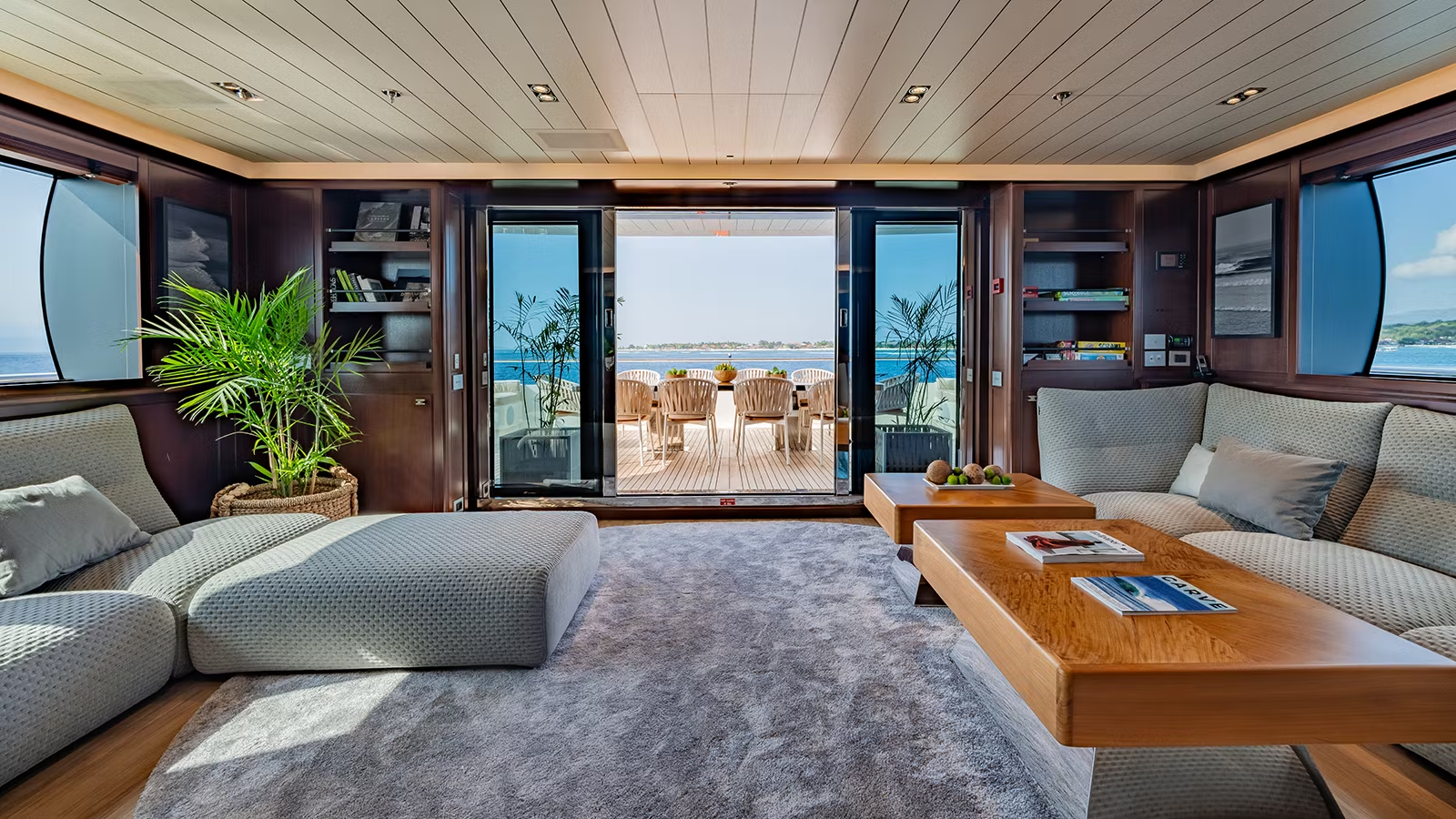
Changing Construction
The introduction of Virtual Reality (VR) and Augmented Reality (AR) has enabled a more straightforward design visualization process, allowing architects, designers, and clients to experience and refine the yacht's design elements before construction begins.
Another development has been within 3D printing, designers can now carry out rapid prototyping of components and the creation of more complex parts, which in the past were harder to produce using traditional building methods. Not only have these processes enabled more streamlined construction, but they also opened up more innovative possibilities for designs and features.
Future Trends
From efficiency, functionality, and safety to performance and aesthetics, all the elements of yacht design are consistently evolving and developing. New concepts are regularly penned that push the boundaries even further.
Advanced technology and Artificial Intelligence (AI) will likely play an even larger role in what they already do today, as well as automation systems set to increase, potentially someday enabling complete self-driving yachts. Looking ahead, there will be a further drive toward more sustainable design, focusing on zero-emission propulsion and sustainable luxury.
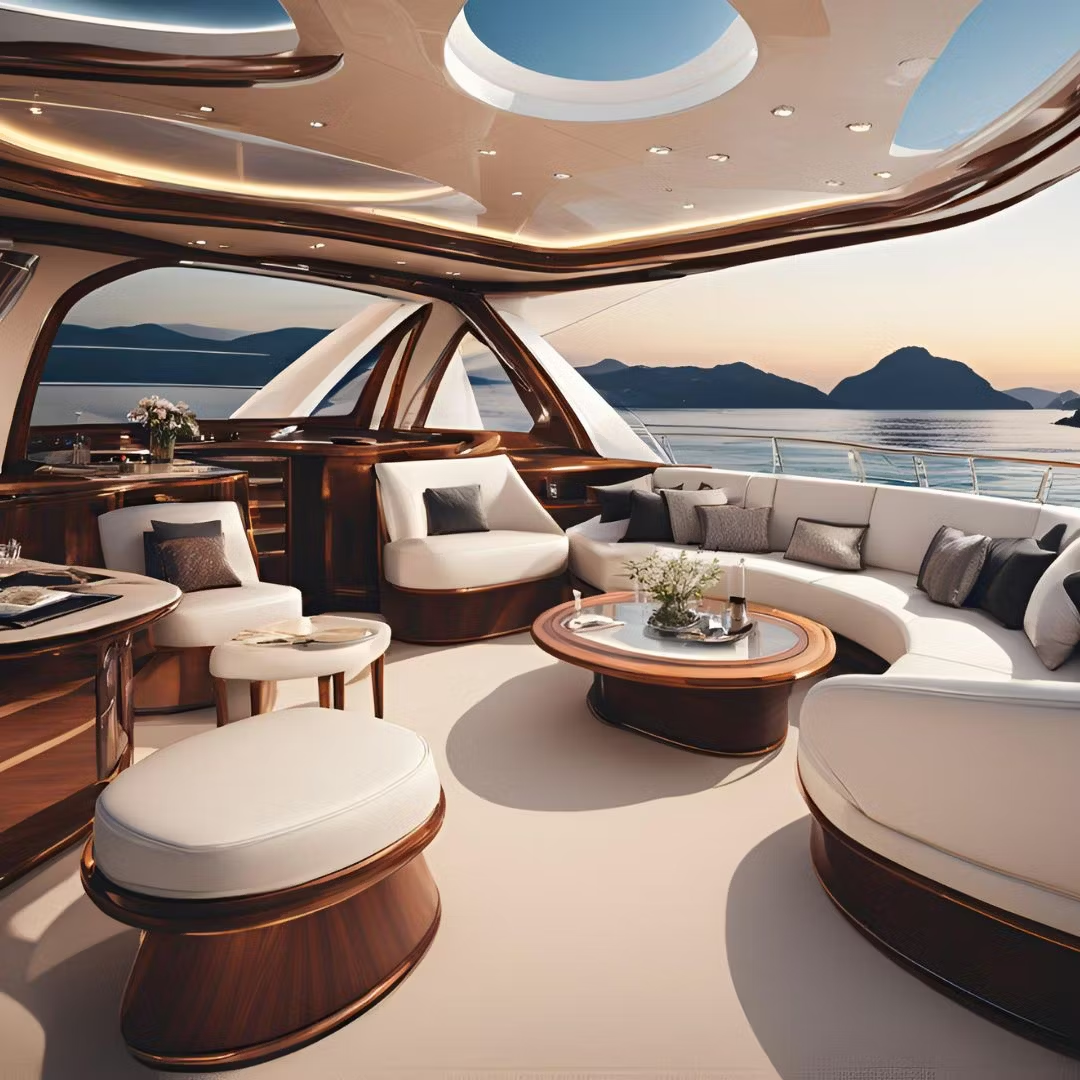
Within the IYC fleet, we have a wide selection of yachts for charter and sale, encompassing various designs. To learn more, contact one of our sales or charter consultants today.